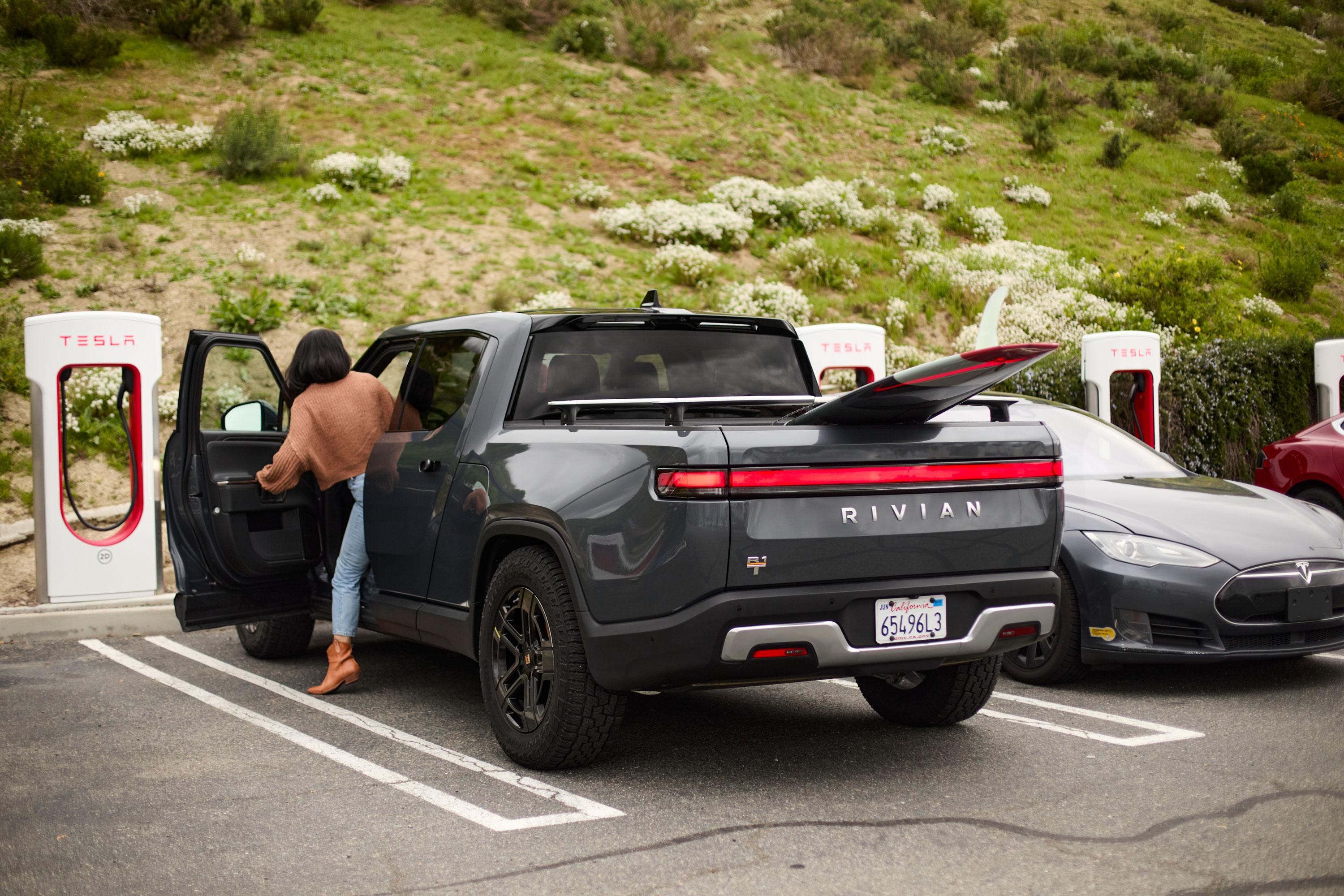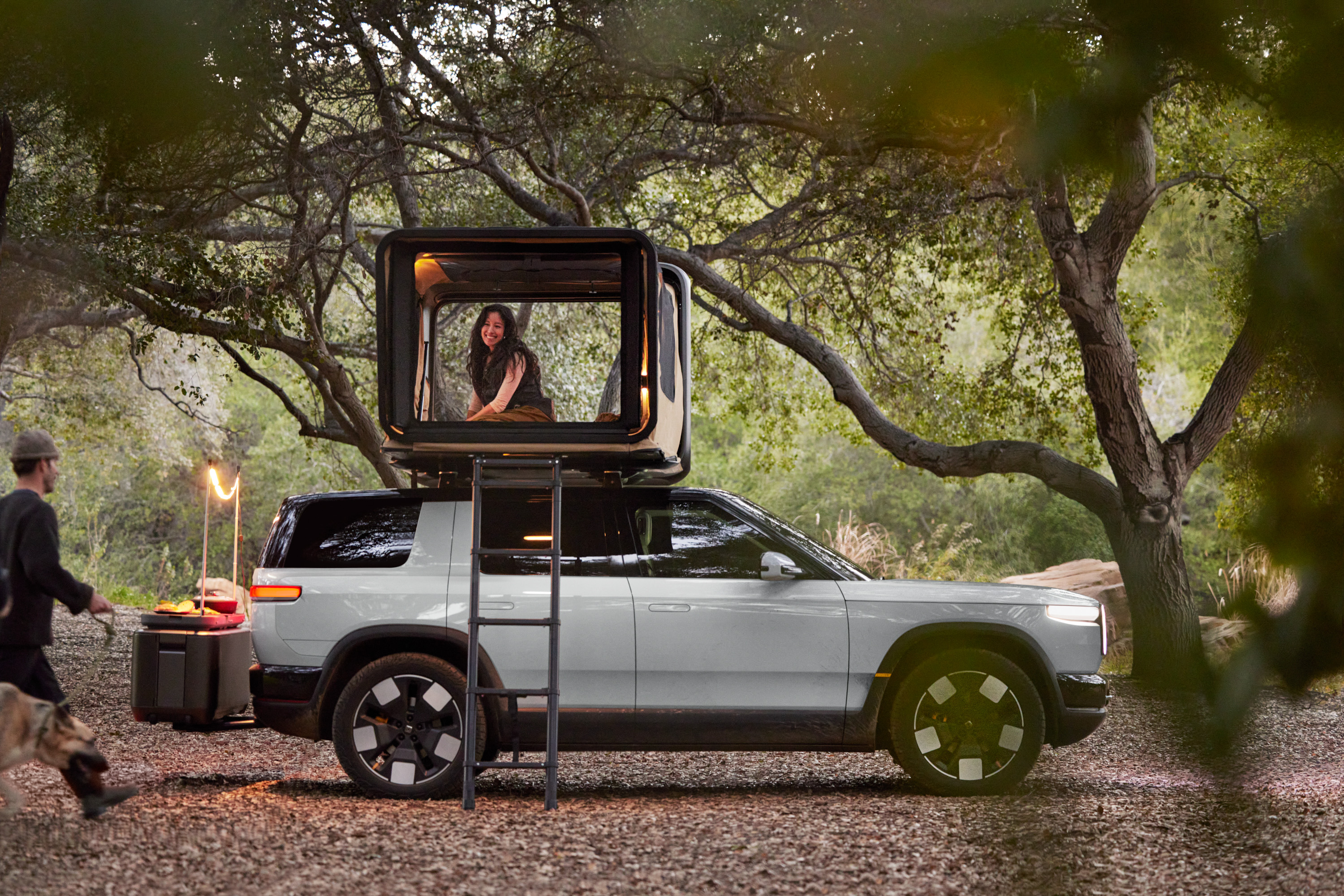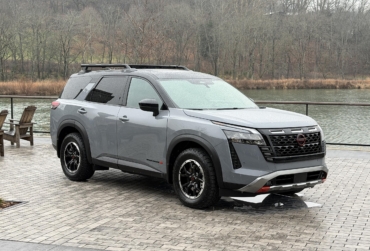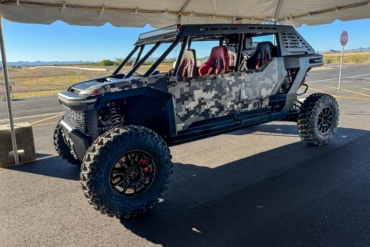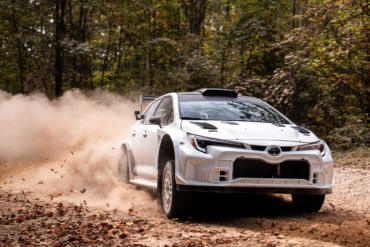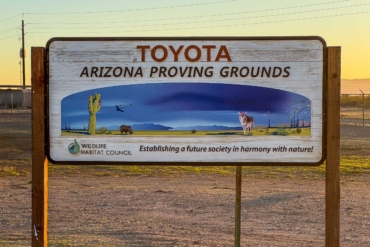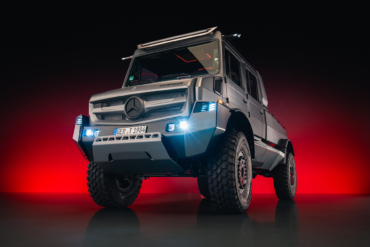Beginning today, Rivian owners have access to more than 15,000 Tesla Supercharger stations, bringing the network of total charging options available to them to more than 31,000. To facilitate the expansion, Rivian said it will ship owners an adapter for the North American Charging Standard (NACS) that Supercharger stations require, at no cost.
Beginning in 2025, new Rivian vehicles will ship with the adapter included. Rivian confirmed that owners will not need new software or apps to find and use the Supercharger network.
“Compatible Superchargers will show up in Rivian navigation when you are planning trips, with charger speeds and availability information listed,” Rivian said in a statement. “You’ll also be able to ‘plug and charge’ with automatic billing. Simply plug the charger into the vehicle and charging will begin automatically without having to pull up an app.”
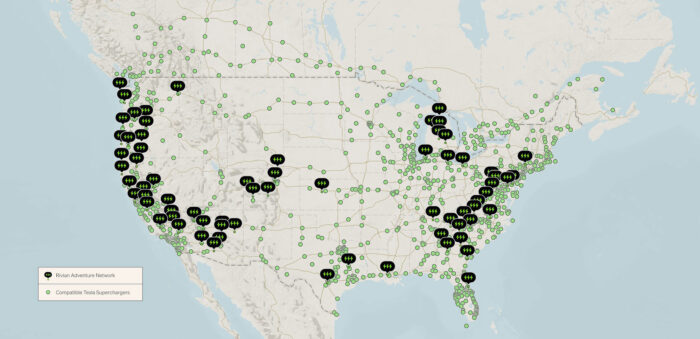
The move is part of a nationwide compatibility standard, announced by the White House in 2022, designed to streamline the integration of electric vehicles across the country — and North America. Rivian’s announcement today echoes a similar announcement by Ford last month, which confirmed how the Supercharger compatibility would work.
According to Rivian, owners will receive a notification in their vehicle that announces access and directs them via QR code to a page where they can learn more about the process to reserve their free NACS-to-CCS adapter.
Rivian Charging: ‘Adventure Network’ Expanding
While the shift to Supercharger compatibility nearly doubles the availability of charging stations for Rivian drivers, the brand reaffirmed that it will continue to build out its network of fast chargers, dubbed the Rivian Adventure Network.
“We are in the initial phase of our network build-out, with over 424 live Rivian Adventure Network chargers open at 70 sites across 22 states,” Rivian said. “Our network is currently available to Rivian owners, prioritizing places where Rivian drivers travel most.”
Rivian said it will make its Adventure Network available to all EV owners later this year, with priority given to so-called “charging deserts,” mature EV markets where capacity is needed, and “flagship” locations like Yellowstone and Yosemite National Parks.
